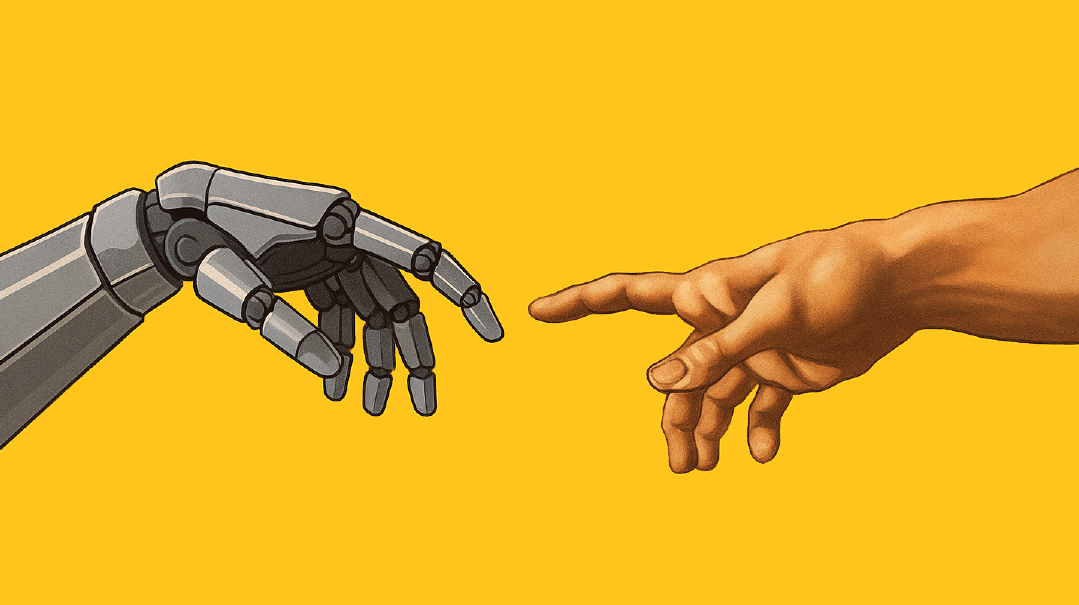Evolution vs. Revolution

This month marks eight years since Mishpacha unveiled our first major redesign of the main magazine. The operative words pushing us through that massive project were new, new, and new. It was clear to the entire team that it was high time we put a new spin and new look on the magazine.
We hired a Manhattan-based designer with extensive experience at leading secular publications. Under his expert direction, we analyzed the balance and structure of the material, rethought and revamped the content and presentation, retired some old columns, and brought in new ones. We soaked up our designer’s insights into fonts, typography, and color, introduced the graphics staff to the new templates, and mocked up sample material for every page of the magazine.
Then we rolled out the new design and got ready for the compliments. And something interesting happened.
Our readers weren’t sure they liked it.
From the very same people who’d been pushing for new new new, we now heard a different tune — comments like, “this is too slick,” “it doesn’t look heimish,” and “why did you spread out the text that way?”
We’d spent months building the look, figuring out the right visual mediums to convey our message, and this feedback was genuinely worrying. Within a few weeks it faded — but the experience stayed with us.
In hindsight, we’ve learned that part of their hesitation stemmed from a natural reaction we all exhibit toward anything too new. I call it the “what happened to my magazine?” response.
A major element of the weekly pleasure in perusing a magazine is the familiarity of it — knowing which contributor appears where, which logo signifies which offering, what kind of colors and designs you will be seeing. It’s like driving up to the Catskills and subconsciously ticking off the familiar landmarks, or listening to your favorite piece of music and knowing just when the rhythm will pick up or the singer will change keys.
For all that people seek the buzz and excitement of something new, there’s a pleasure and comfort in familiarity. A change that’s too extreme, too sudden, or just too new will feel jarring. We realized, through that mixed feedback, that it takes readers a few weeks to really settle into and savor something that’s not familiar. That’s normal and expected and part of the process.
For all that we think we want something fresh, the sweet spot seems to lie somewhere between the completely different and the same old same old. Pushing the needle too far might alienate some readers just as repeating last year’s success for another year might bore others.
Now that we’re on the other side of the “what happened to my magazine” feedback, we hope we’re a bit smarter. Over the last year and a half, we again introduced many new designs and formats to the magazine. We even brought in a new font. This time, we put the mantra of new new new on a slow simmer and found ourselves a new goal. We called it “evolution, not revolution.”
Have you noticed the changes? Now, in hindsight, perhaps you do. Virtually every section of the magazine looks different than it did two years ago. But if you didn’t feel any jolts along the way, if you just nodded with pleasure instead of asking “what happened to my magazine?” then we’d call it a lesson well-learned.
Originally featured in Mishpacha, Issue 748.
Oops! We could not locate your form.







